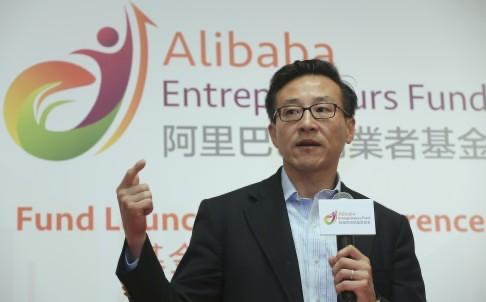Sino-US Bridge Program (SUBP)





Why SUBP?
SUBP strives to empower future American leaders by bridging divides through immersive experiences in China and by dispelling misconceptions about higher education and technology in China.
SUBP’s missions are:
- Enhance the competitiveness of our future leaders by learning from excellence, regardless of its origin
- Motivate students to overcome barriers like language, cost, and politics when considering studying in China
- Prepare our future leaders to understand China, a global economic and technological powerhouse
- Nurturing future youth leaders to bridge Sino-US friendship, foster collaboration, and achieve shared prosperity
In the recent years, China has surpassed the United States in many technological advancements, such as in mobile payments, e-commerce, high-speed rail, and new electric vehicles.
Despite what most people think about China’s higher education system, China is focusing more on innovation, critical thinking, and research, challenging the stereotype of a solely rote-based education. It is rapidly improving, indicated by the number of Chinese Universities ranking in the QS World University Ranking. Overall, 20% more schools have joined the rankings in the last 5 years, as you can see from the chart below.
| QS World University Ranking Category | Chinese Universities (2018) | Chinese Universities (2023) | US Universities (2018) | US Universities (2023) |
|---|---|---|---|---|
| Top 100 | 6 | 7 | 33 | 28 |
| Top 200 | 12 | 15 | 57 | 51 |
| Top 500 | 38 | 50 | 131 | 127 |
| Top 1000 | 101 | 123 | 216 | 207 |